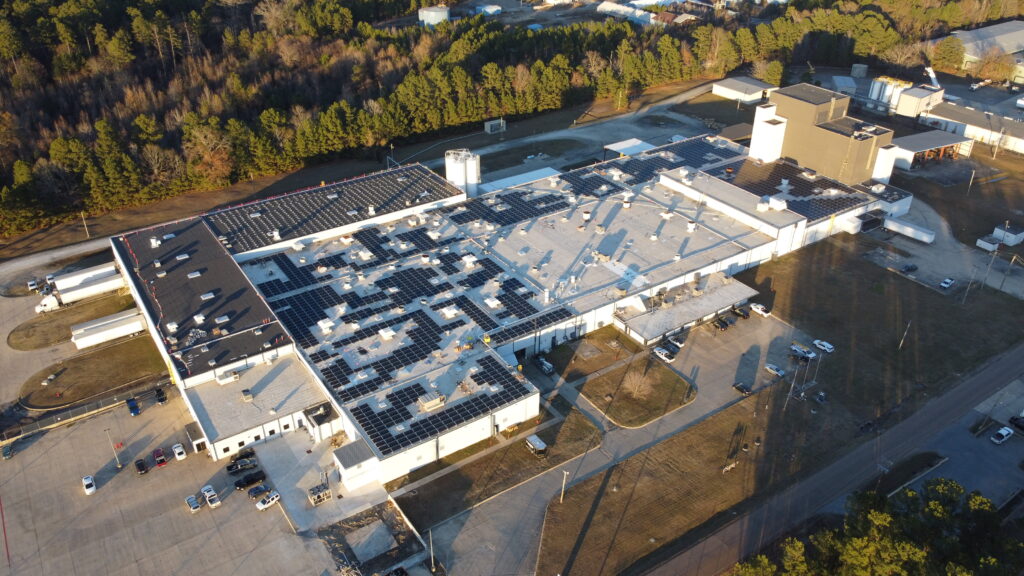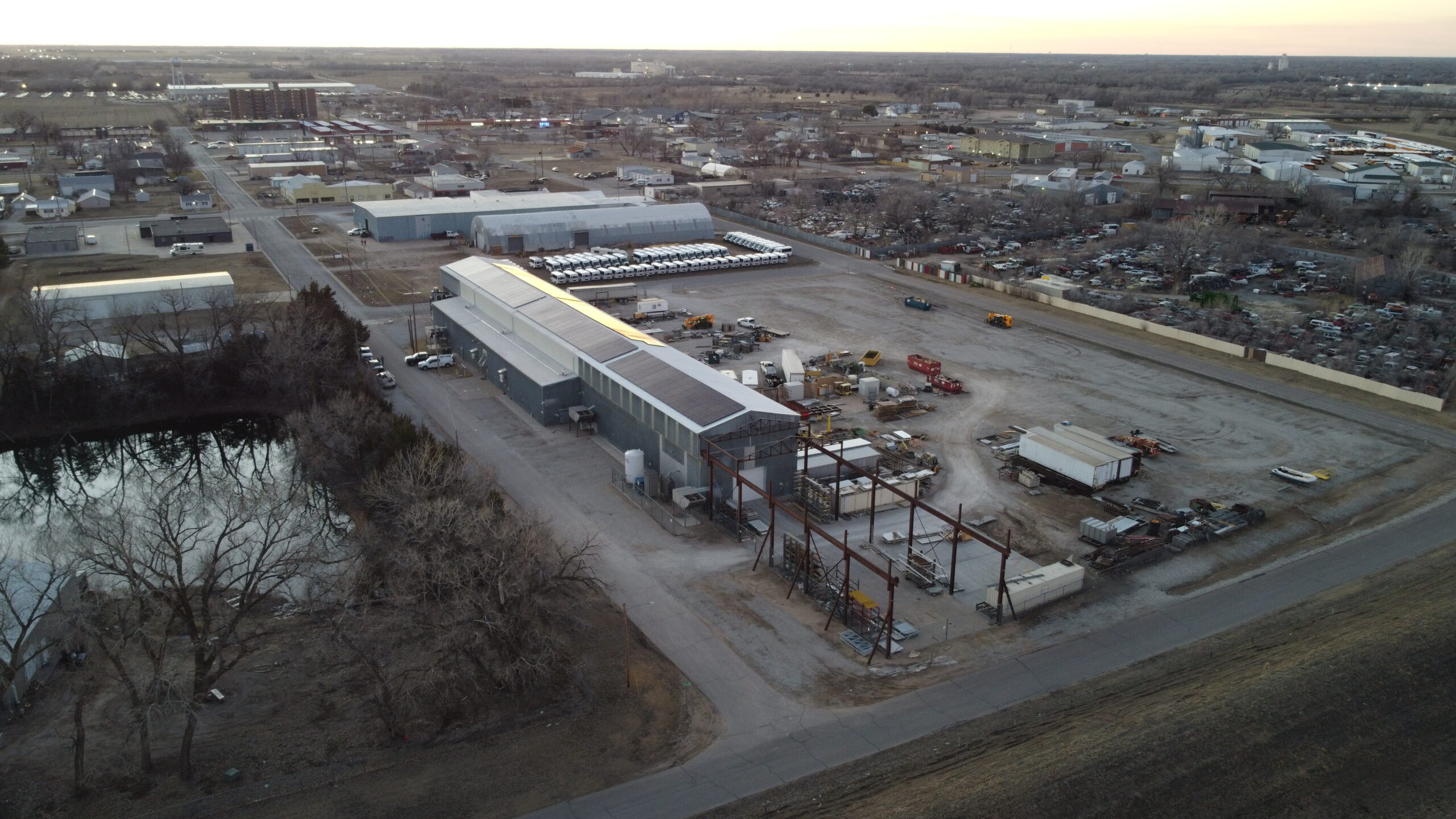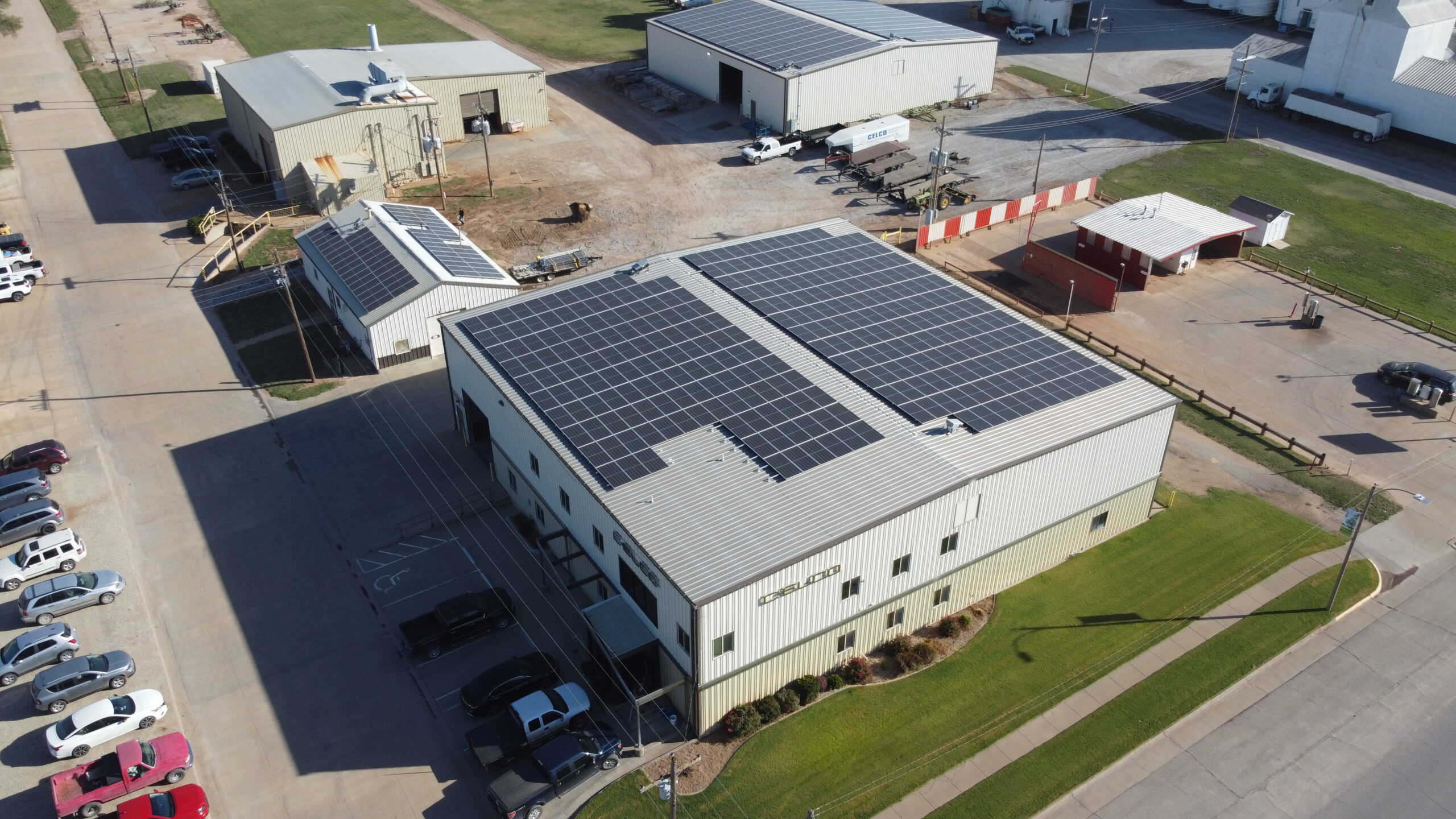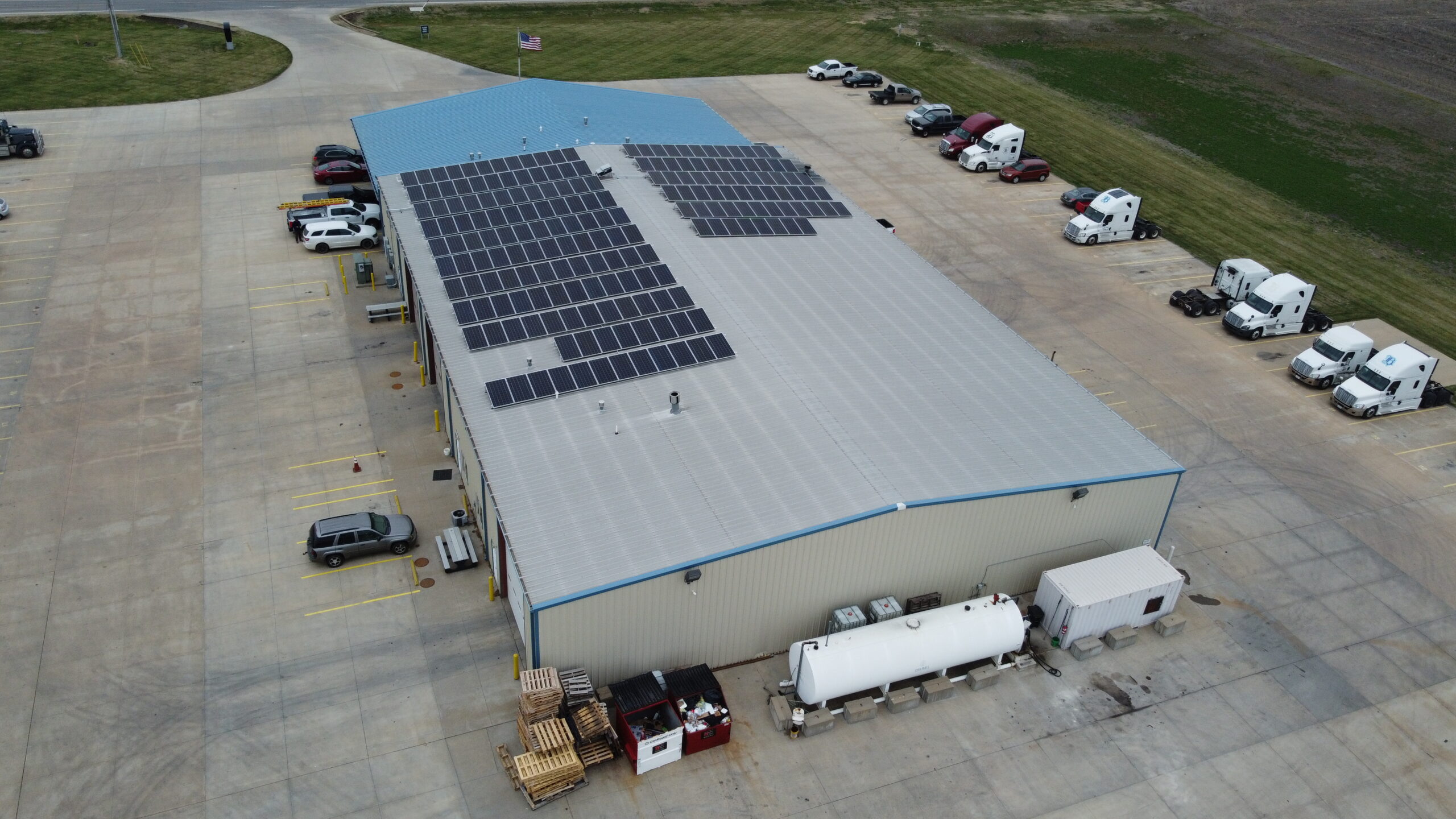If you’re serious about cutting energy costs, surface-level advice won’t cut it. Turning off a few lights helps, but it’s not where the real savings come from.
To see a meaningful impact, you have to understand how your building uses power and what systems are costing you the most. These energy-saving tips are based on what we’ve seen work in real commercial facilities. They’re practical, financially sound, and built to scale as your building, and your energy strategy, evolve.
Start With the Data: Where’s Your Energy Going?
Before upgrading a single light fixture or thermostat, take a look at your energy data. Your last 12 to 24 months of utility bills hold valuable insights—usage patterns, seasonal shifts, demand spikes, and more.
Are your bills consistent, or do they jump during certain times of the year or day? Are demand charges making up a big portion of your total? These are the kinds of questions that shape your next steps.
If you want a deeper dive, bring in a professional, like Artisun Solar, for a full energy audit. This gives you a clear breakdown of where energy is going and where you’re losing money. It also creates a solid foundation for any efficiency upgrades or future solar planning.
Energy-Saving Tips That Actually Work
Here’s where to focus your efforts—and where we’ve seen the biggest impact in commercial buildings:
Upgrade the Systems That Run Your Building
Your HVAC and lighting systems are doing most of the heavy lifting in your building—and they’re often the biggest sources of waste.
Start simple: swap out old lighting for LED fixtures. It’s a quick win that lowers usage immediately and reduces maintenance costs over time. Add occupancy sensors in conference rooms, break areas, and hallways to eliminate lighting when no one’s around.
Now take a hard look at HVAC. Even if your unit still works, that doesn’t mean it’s efficient. Age, lack of maintenance, and poor controls can all drive up costs. Schedule seasonal checkups, clean your filters, and calibrate thermostats. Better yet, upgrade to smart controls that adjust based on occupancy and outside temperature.
Get Ahead of Demand Spikes
Many commercial buildings pay extra not because of how much energy they use—but when they use it. Utilities charge more during peak demand periods.
If your building powers up everything at once in the morning, or runs heavy equipment mid-afternoon, those spikes can drive up costs. Reschedule startup routines, stagger equipment loads, and shift what you can to off-peak hours.
Battery storage can help reduce these spikes over time, but even without storage, simple load shifting is one of the most overlooked energy-saving tips with big returns.
Fix What’s Leaking Power
Unseen energy waste can quietly rack up costs. That includes phantom loads—equipment drawing power even when idle—as well as poor insulation and air leaks.
Seal up ductwork, insulate your ceiling spaces, and upgrade door sweeps and window seals. These aren’t flashy upgrades, but they’re high-impact when done right.
Use Real-Time Data to Stay in Control
Energy-saving isn’t a one-and-done fix—it’s something you manage consistently. Real-time energy management systems (EMS) give you visibility into how your building performs hour by hour.
When you know what’s happening with lighting, HVAC, and major systems in real-time, you can catch issues early and automate your way to savings. Start small and scale as needed. The goal is to move from reactive to proactive energy management.
Your People Make or Break Performance
You can install the best systems in the world—but if your team’s leaving doors open, overriding controls, or running equipment unnecessarily, savings go out the window.
Make sure your team understands their role. Create clear shutdown protocols, assign accountability, and train them on how to support your energy-saving efforts. Getting buy-in from staff is one of the most practical (and free) ways to amplify every improvement you make.
Layer In Commercial Solar for Long-Term Impact
Once you’ve made efficiency gains, solar becomes an even stronger investment. You’re not wasting energy—you’re offsetting what’s left. That leads to faster payback and better performance.
Commercial solar gives you predictable costs, reduces your dependence on utility rates, and adds long-term value to your building. Combine that with the 30% Investment Tax Credit, accelerated depreciation, and potential state/local incentives, and it becomes one of the smartest investments available today.
Real-World Example:
One business that’s already made the leap? Steel and Pipe Supply Company. They brought in Artisun Solar to install a custom rooftop system at their facility. The project helped them lock in long-term savings, reduce their exposure to rising energy costs, and take control of their energy future. It’s a strong example of how solar, when done right, fits perfectly into a broader energy strategy.
Final Word: Strategy First, Then Execution
Energy-saving tips are a great place to start. But if you’re looking for real, measurable impact, you need a strategy—not just a checklist.
At Artisun Solar, we’re not here to throw panels on a roof and walk away. We look at the way your building actually uses energy, the rules your utility plays by, and where the biggest cost-saving opportunities live. Then we build a system that works for you—not the other way around.
Use the tips in this guide to tighten up your building. Cut the waste, streamline your usage, and get control of the things you can fix now. When you’re ready for the next step, we’ll help you take the guesswork out of solar.
Request Your Free Solar Assessment Today
_______________
Key Questions and Answers:
- How do I start saving energy in my commercial building?
-
- Answer: Begin by analyzing 12-24 months of utility bills to understand energy usage patterns, seasonal variations, and peak demand periods. Conduct an energy audit for a detailed breakdown of energy consumption.
- What are the most effective energy-saving upgrades?
-
- Answer:
-
-
- Upgrade to LED lighting and install occupancy sensors.
- Optimize HVAC systems with smart controls and regular maintenance.
- Implement real-time energy management systems (EMS).
- Seal air leaks and improve insulation.
-
- How can I manage peak demand and reduce associated costs?
-
- Answer: Stagger equipment startup times, reschedule high-energy tasks to off-peak hours, and consider battery storage solutions.
- How important is staff involvement in energy savings?
-
- Answer: Crucial. Train staff on energy-saving protocols, encourage responsible equipment use, and create a culture of energy awareness.
- What are the long-term benefits of commercial solar energy?
-
- Answer:
- Predictable energy costs and reduced reliance on utility rates.
- Long-term financial savings and increased property value.
- Leverage incentives like the 30% Investment Tax Credit.
- Answer:
- What are the key steps to take before installing solar panels?
-
- Answer: First, make sure that the building has gone through the process of making the building as energy efficient as possible. By doing this the solar system will be as effective as possible.
- How do I implement real-time energy management?
-
- Answer: Implement an EMS that provides hour-by-hour insights into building energy usage. Start with key systems like HVAC and lighting, and scale as needed.
- What are phantom loads and how do I avoid them?
-
- Answer: Phantom loads are when devices use energy even when they are turned off. Unplug unused devices, and use power strips that can be turned off.
Learn more by checking out our Guide To Solar Savings: Understanding the ROI and Benefits of Commercial Solar Energy





